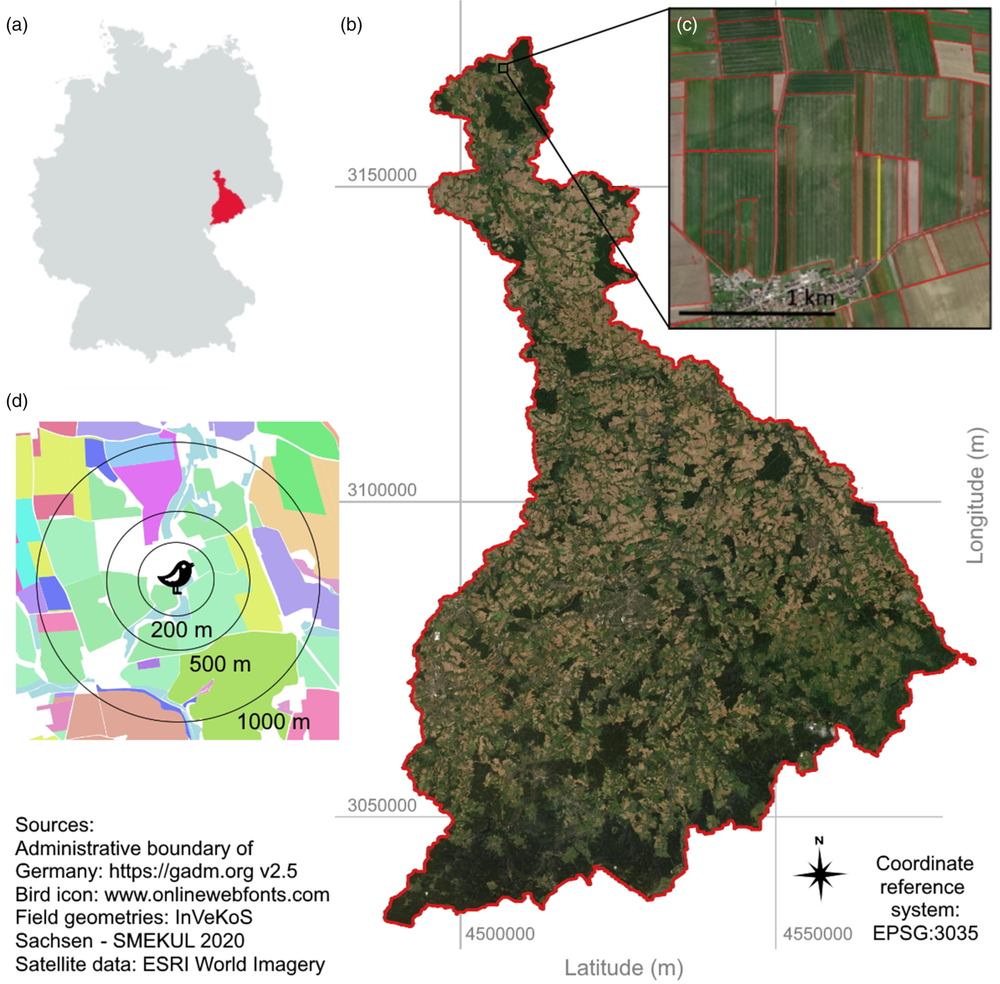Behavioural, Ecological and Socio-economic
Tools for Modelling Agricultural Policy
BESTMAP experts suggest agri-environment measures for habitat suitability improvement for farmland birds
A recent BESTMAP-derived paper published in the Ecological Applications journal, suggests that landscape-level heterogeneity of agri-environment measures improves habitat suitability for farmland birds.
Conducted by the BESTMAP partners and leading experts Stephanie Roilo, Jan Engler and Anna Cord of the Dresden University of Technology, along with Tomáš Václavík of Palacký University Olomouc, the study questions the effectiveness of the main tools of the common agricultural policy (CAP) and namely the agri-environment schemes (AESs), ecological focus areas (EFAs) and the organic farming. The reason behind this argument is that the CAP’s tools occasionally vary when measured at the field-versus-landscape level and to depend on the regional environmental and land-use context.

Study area and multiscale land-cover/land-use variable calculation design.
Therein, the BESTMAP experts investigated the contributions of five groups of measures (buffer areas, cover crops, extensive grassland management, fallow land, and organic farming) to habitat suitability for 15 farmland bird species in the Mulde River Basin, Germany. They utilised a multiscale approach to identify the scale of effect of the selected measures. Using simulated land-use scenarios, the study further examined how breeding habitat suitability would change if the measures were completely removed and if their adoption by farmers increased to meet conservation-informed targets.
The full paper can be found here.